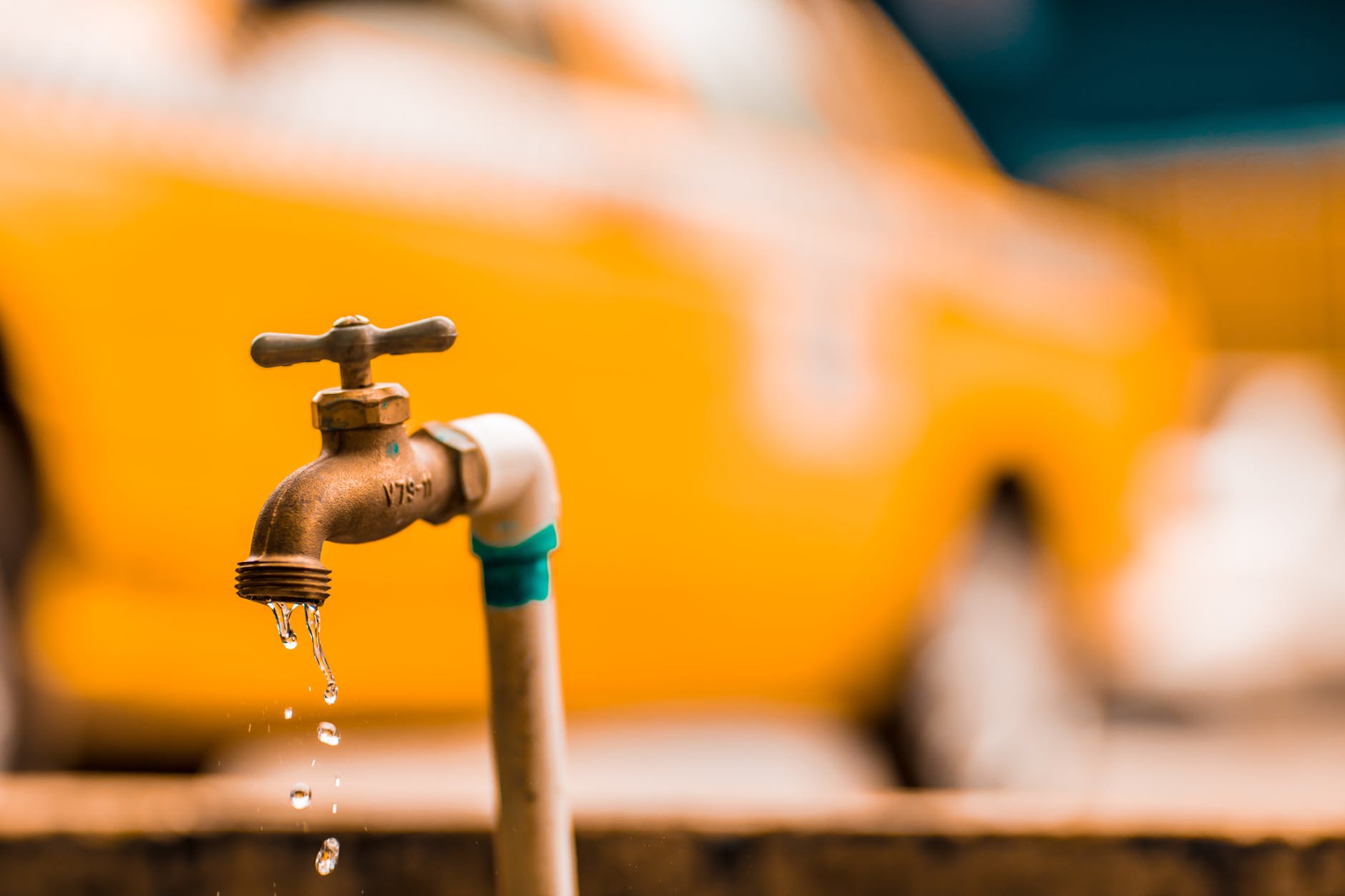Each year, water leaks cause many homeowners and builders to spend millions of dollars renovating residential and commercial buildings. Consequently, if you are the owner of a commercial building, you are responsible for maintaining the condition of the property and ensuring its suitability for tenants in all respects. Therefore, the correct waterproofing measures are important things that you must take into account to avoid leaks or water leaks that damage walls or ceilings that will interfere with the neighbors’ business.
You may be surprised to learn that studies show that while waterproofing only accounts for 1% of a building’s total value, water leaks can cause 80% of construction defects. So, get the best waterproofing services for your commercial building right now. This can not only ensure the safety of your property but also prevent loss of rental income due to damage.
However, before considering pomwaterproofing, consider some of the most common waterproofing problems that commercial buildings face and how to fix them.
Issues from above
No matter how solid your commercial building is, there is always a risk of water leaking from above. For example, water can slowly seep onto the roof of an upper story from a pool on the roof. This is especially true for flat roofs where water can collect when it rains.
Stagnant water then slowly seeped into the roof, causing a leak. Water on the roof can also damage the structure due to wear and tear. So be sure to buy high-quality Melbourne roofing materials to avoid these waterproofing problems.
Ground-level structure failures
If you think the upper deck is the easiest to leak due to its proximity to the ceiling, think again. The lower deck can be affected by poor upper deck processing.
Balcony and window
Balconies and terraces are among the most vulnerable to external factors such as high temperatures, rain, and extreme weather conditions. Consequently, these two areas of the building must be carefully waterproofed to prevent future leaks and leaks.
Regardless of the direction of the rain, any outdoor area exposed to the components will be damp, and improper waterproofing measures will only allow water to enter the building directly from open holes or cracks.
Windows are also one of the most vulnerable places for water to enter a building. Insufficient waterproofing can cause rainwater to go directly into cracks and crevices, especially in windy conditions.
Workmanship error
The workmanship error actually accounts for less than 10% of the balcony water leakage, but this can be due to many reasons: the position of the diaphragm is incorrect, and the degree of penetration of the diaphragm may be small, such as nails in the bottom of your shoe or large like balustrade holes not being correctly waterproofed after they have been cut in.
When most people find a leak on a balcony they think it is a pipe, so most homeowners will ask a plumber or leak detection specialist to check the pipe for leaks, usually telling them that the membrane is damaged and needs to be repaired.
In most cases, the condition of the tiles is very good because they are designed to extend the life of the building so they don’t want to remove good quality tiles and cause the membrane to malfunction, so they will consider taking corrective action.
How to solve the problem of waterproofing
Not all hopes are gone. There are many things to do to minimize water damage.
1. Inspect the roof regularly
Even if flat roofs are more vulnerable to damage, check the roof regularly. The material is also recommended by experts, and at least once a year. Check the ventilation openings of all roof elements where infiltration has entered. If there are water spots, check for water spots and cracks as this is a good place to enter a building.
2. Check sewers, water pipes, and irrigation fixtures regularly
Sometimes these leaks are difficult to detect, so regular checks are absolutely essential. Check the drainage system and the pipes or gutters.
If it is small, this is a big problem, so it should be solved as soon as possible and always consult a specialist to solve the problem. Unless it is unlikely that you yourself will decide on professional knowledge. In fact, the situation could be worse.
3. Make sure all seals are retained
This applies to all seals for windows, doors, and even systems. Concrete is a porous substance that water usually passes through. Remember, you may not see the leak and still go through the wall. If you find water damage, contact a technician again.
4. Rent a certified waterproof applicator
The certified applicator has the protective clothing and tools necessary to safely install a waterproof system and is trained to identify potentially dangerous waterproofing problems that may not be obvious to ordinary people.
5. Product quality assurance
Products and systems used for waterproofing are warranted for 10 years or more. This will give you peace of mind because you know that you are receiving qualified services and that you carry out all operations in strict compliance with safety regulations.
Waterproofing problems isn’t something you should not take for granted. When ignored, it could lead to greater damage. For this reason, you should consult a professional waterproofing company.
